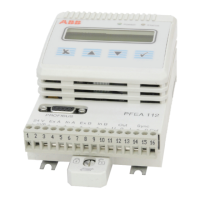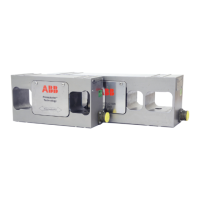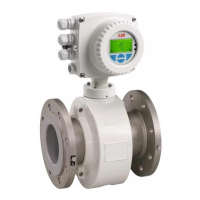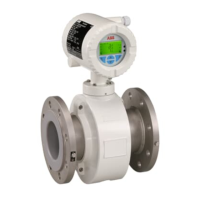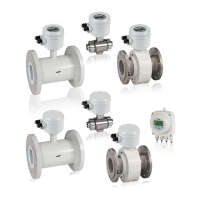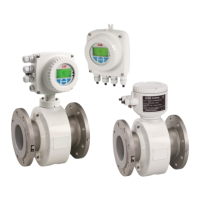Tension Electronics PFEA113, User Manual
Appendix C PFTL 301E - Designing the Load Cell Installation
C-4 3BSE029382R0101 Rev C
C.5 Mounting Alternatives, Calculating Force and Calculating Wrap Gain
C.5.1 Horizontal Mounting
In most cases, horizontal mounting is the most obvious
and simplest solution. The load cell should thus be
mounted horizontally when possible.
However, should the machine design require inclined
mounting of the load cell or should the web path not give
a sufficient horizontal force, see figure, the inclined
mounting is permitted and the calculations are somewhat
more complex, (see Section C.5.2, Inclined Mounting).
The PFTL 301E load cell measures the horizontal forces
applied to its top surface. The load cell can measure in
both directions. The vertical applied forces are not
measured and do not influence the horizontal
measurement. There is one source of horizontal forces;
the force from the web tension (the tare weight has no
force component in measuring direction). See the force
calculations in the figure.
Divide the total horizontal force F
Rtot
by two to get the
required capacity of each load cell.
Do not oversize an ABB load cell for overload purposes
as the load cell has sufficient overload capacity.
No horizontal web tension force
applied to the load cell.
Tare
T
T
PFTL 301E
= Measurement direction
F
R
= T × (cos cos )
F
Rtot
= F
R
+ F
RT
= T × (cos cos )
F
RT
= 0 (Tare force is not measured)
F
R
T
T
Tare
PFTL 301E
= Measurement direction
Wrap gain
T
F
R
--------
T
T cos cos
–
------------------------------------------
==
Wrap gain
1
cos cos
–
---------------------------------=
T (Tension) Wrap gain F
R
=
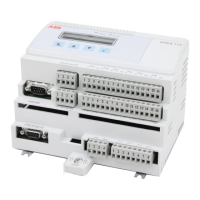
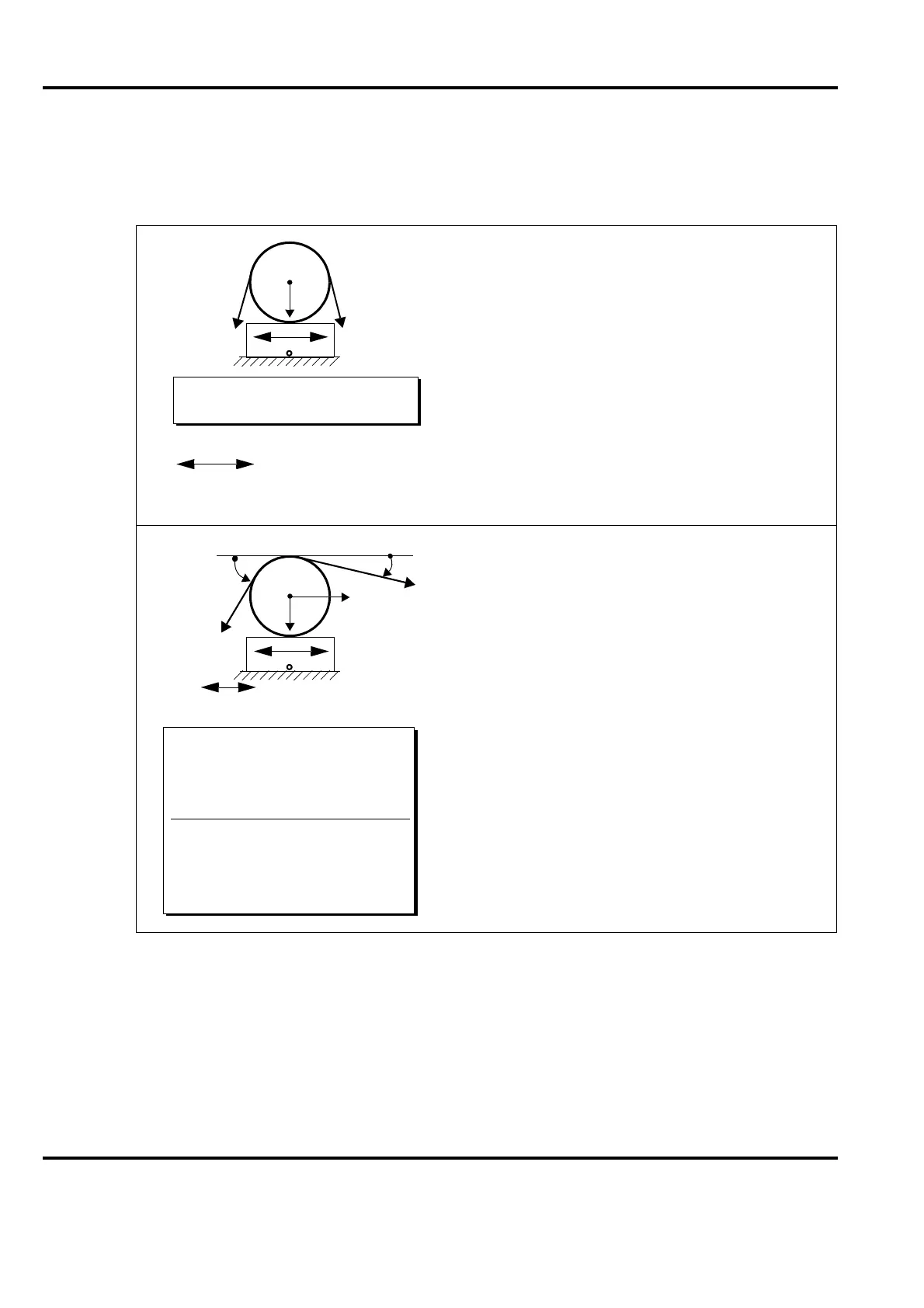